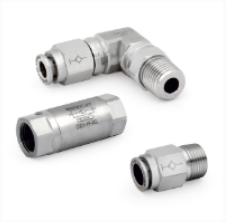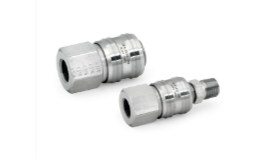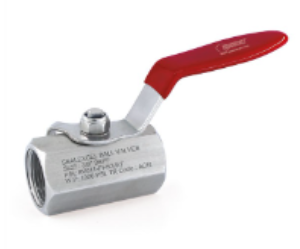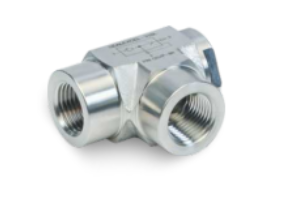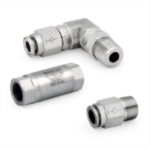
Pneumatic Pipe Fittings: Connect Your Air Power!
May 6, 2024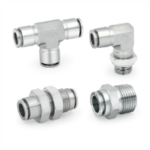
Pneumatic Fittings Names: The Connectors That Keep Your System Flowing!
June 27, 2024Have you ever been searching for pneumatic fittings and felt lost in a sea of confusing names? You’re not by yourself. Though fascinating, the vocabulary around phrases like “bulkhead,” “barbed,” and “push-to-connect” can be confusing even to professional people who like to do. But do not panic, lovers of pneumatics! By revealing the meanings behind Pneumatic Fittings Names, this guide will let you choose the best option for your project with assurance.
Finding Pneumatic Fittings: Names and Choices
The unsung heroes of any pressurized air system are pneumatic fittings. These clever parts link hoses, tubes, and other parts, guaranteeing a continuous compressed air flow. But with so many different fits available, understanding their names becomes essential to making wise decisions. Below is a summary of various names for pneumatic fittings that are commonly encountered:
- Push-to-Connect (PTC) Fittings: With PTC fittings, simplicity is king. These easy-to-use solutions don’t require any equipment; all you have to do is press the tube into the fitting until it clicks, securing the connection. ideal for speedy modifications and installations.
- Barbed Fittings: Barbed fittings hold the tube in place for a tight seal because they have tiny barbs on the inside diameter. Soft tubing materials like nylon or polyurethane are frequently used with them. Barbed fittings provide a dependable connection, but their installation and removal need equipment.
- Compression Fittings: For high-pressure applications, these workhorses offer a reliable and secure connection. A ferrule is compressed around the tube by a threaded body, resulting in a leak-proof seal. Although compression fittings are quite durable, they must be tightened using wrenches.
- Bulkhead Fittings: Bulkhead fittings offer controlled air flow within an enclosure by passing through panels or walls. Usually, they have a tubing connection point on one end and a threaded body on the other for safe attachment.
- Swivel Fittings: For swivel fittings, flexibility is essential. These clever solutions minimize kinks and twists in your air lines by enabling 360-degree rotation of the connected tubing. Perfect for uses requiring movement.
- Loc-Line Fittings: Loc-Line fittings provide a quick-disconnect option by having a locking mechanism that makes it simple to connect and disengage tubing with a single push or pull. ideal in circumstances where frequent assembly and disassembly are necessary.
Pick Perfect Pneumatic Fittings
Now that you understand the significance of a few common names for Pneumatic Fittings, let’s explore other elements that are essential for choosing the correct fit for your project.
- Tube Size: The secret is compatibility! Make sure the specified tube size on the fitting corresponds to the inner (ID) or outer (OD) of the tubing you have selected, depending on the kind of fitting.
- Operating Pressure: Fittings are not made equally. To avoid leaks and other failures, take into account the highest pressure your system will be operating at and select fittings rated for those pressures.
- Material: One important factor is the surroundings. Select fittings made of materials that are suitable with the gasses or fluids that are passing through your system. For instance, in hostile conditions, use materials resistant to rust.
- Flow Direction: Certain fittings, such as check valves, regulate the airflow’s direction. Examine if your application requires a one-way or two-way flow.
- Ease of Use: Determine how comfortable you are. If frequent connections and disconnections are necessary, think about more approachable choices such as PTC or Loc-Line fittings.
Apart from Function: Choosing Fittings for Aesthetics Too!
Although utility is paramount, your Pneumatic System has a lot of aesthetic appeal. Fittings from numerous manufacturers come in a variety of colors and finishes, so you may give your project a unique touch. There is a fitting out there to go with your creation, whether you choose a bright color scheme or a sleek chrome finish.
Conclusion:
Now that you have a better grasp of pneumatic fitting names and selection criteria, you may successfully travel the pneumatics industry. Never forget that the ideal match is just around the corner—one that works flawlessly with your project, performs at its best, and might even enhance your design concept. Thus, keep this guidance in mind the next time you come across a confusing selection of pneumatic fittings: read the labels, take the variables into account, and locate your ideal fit!

